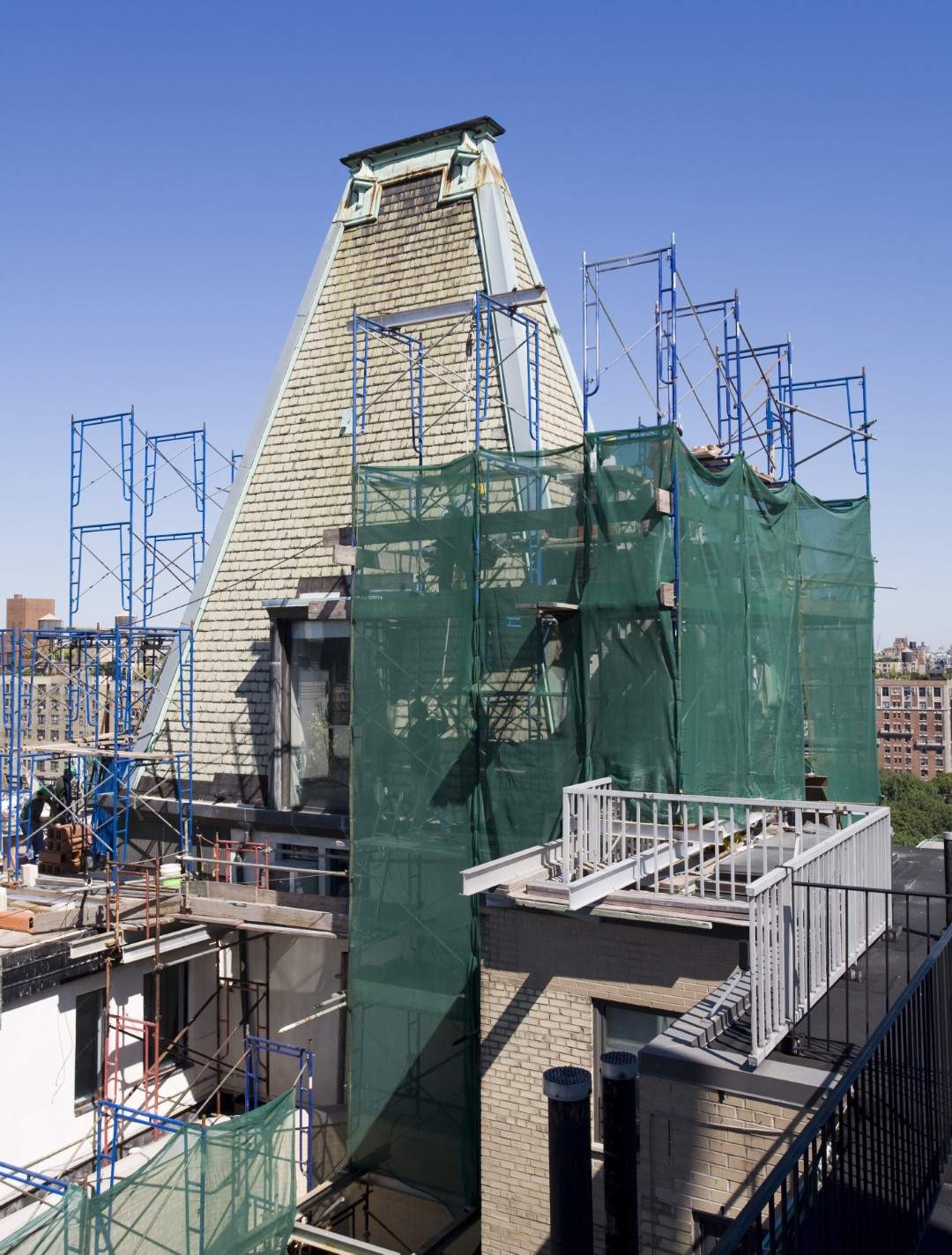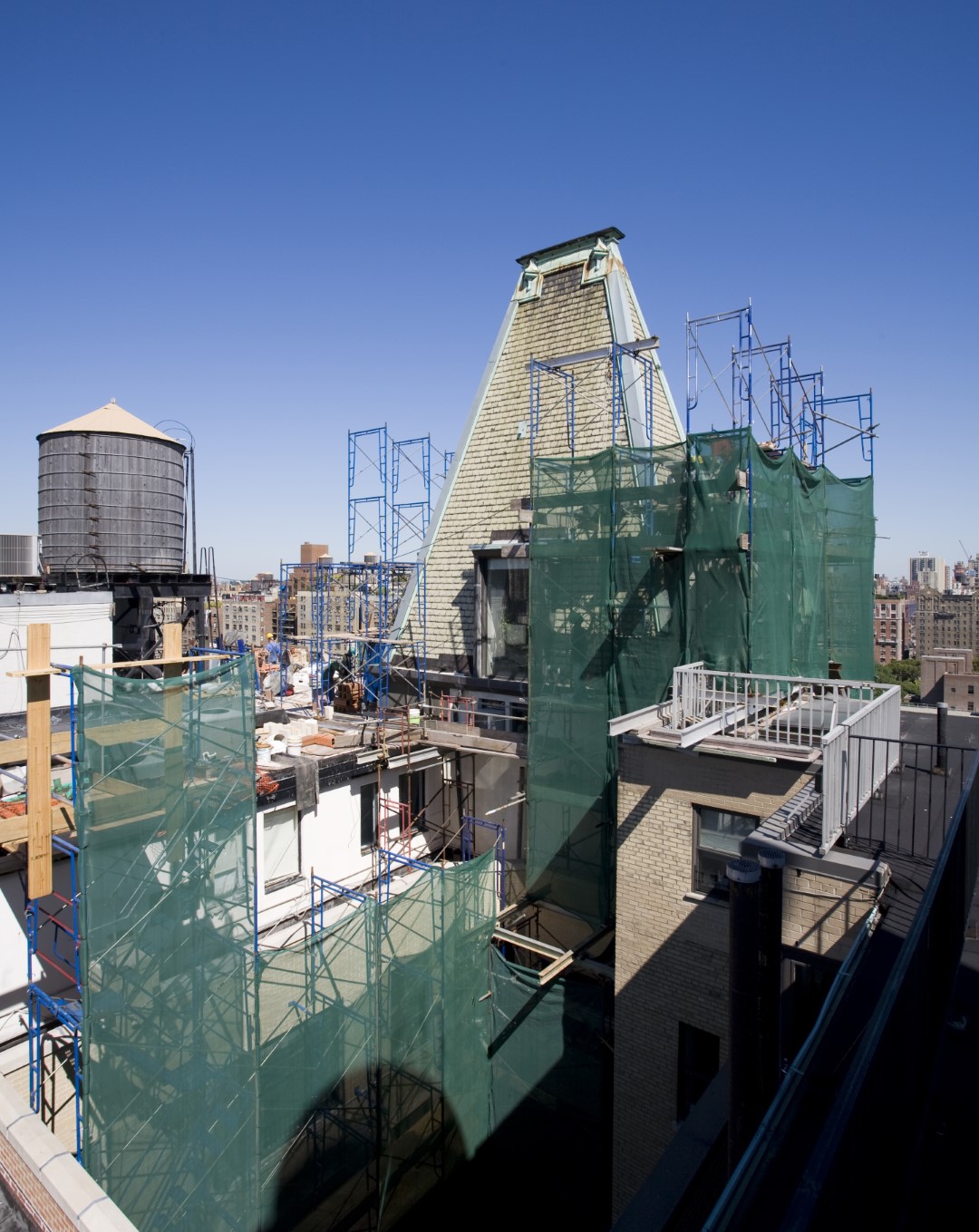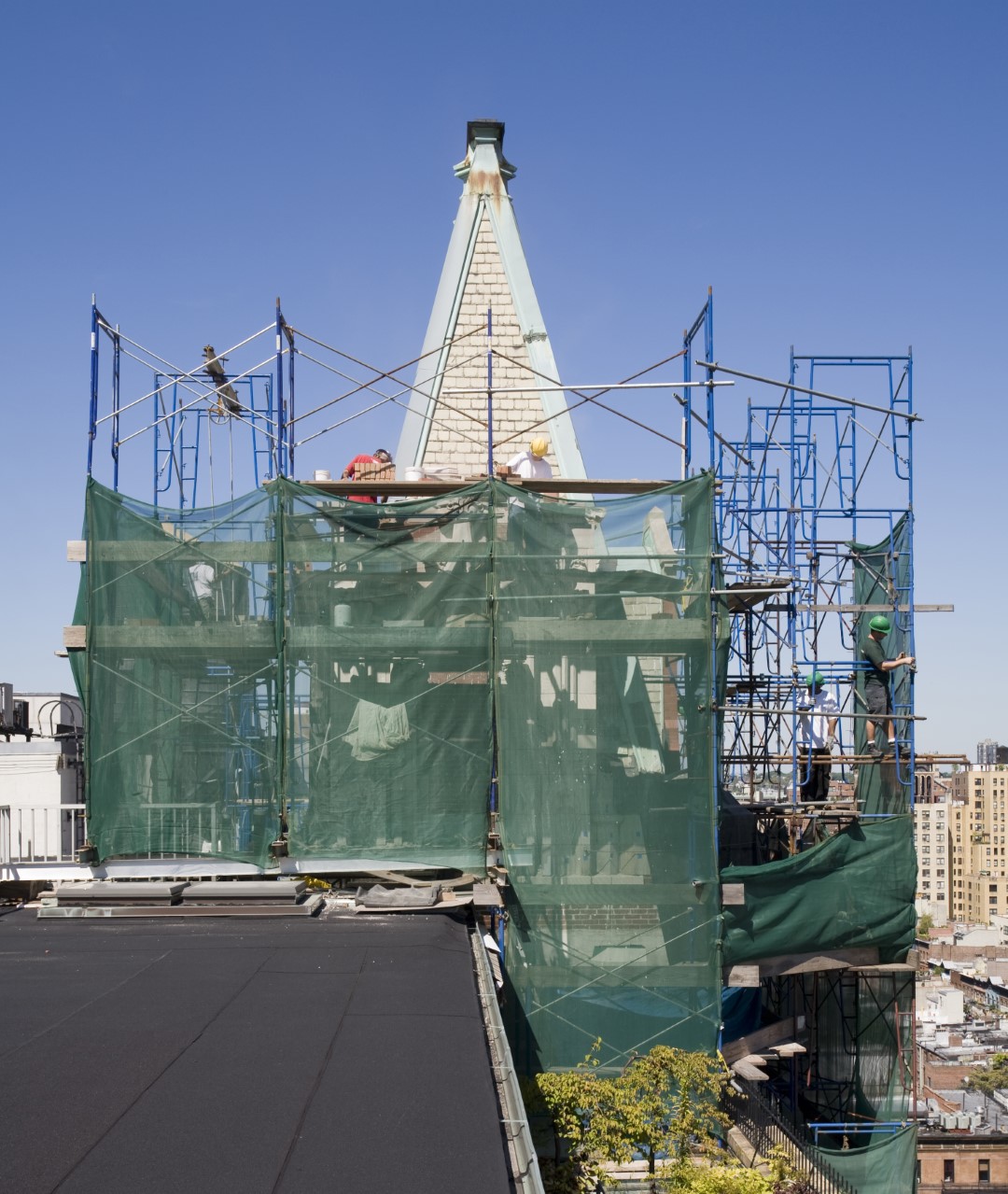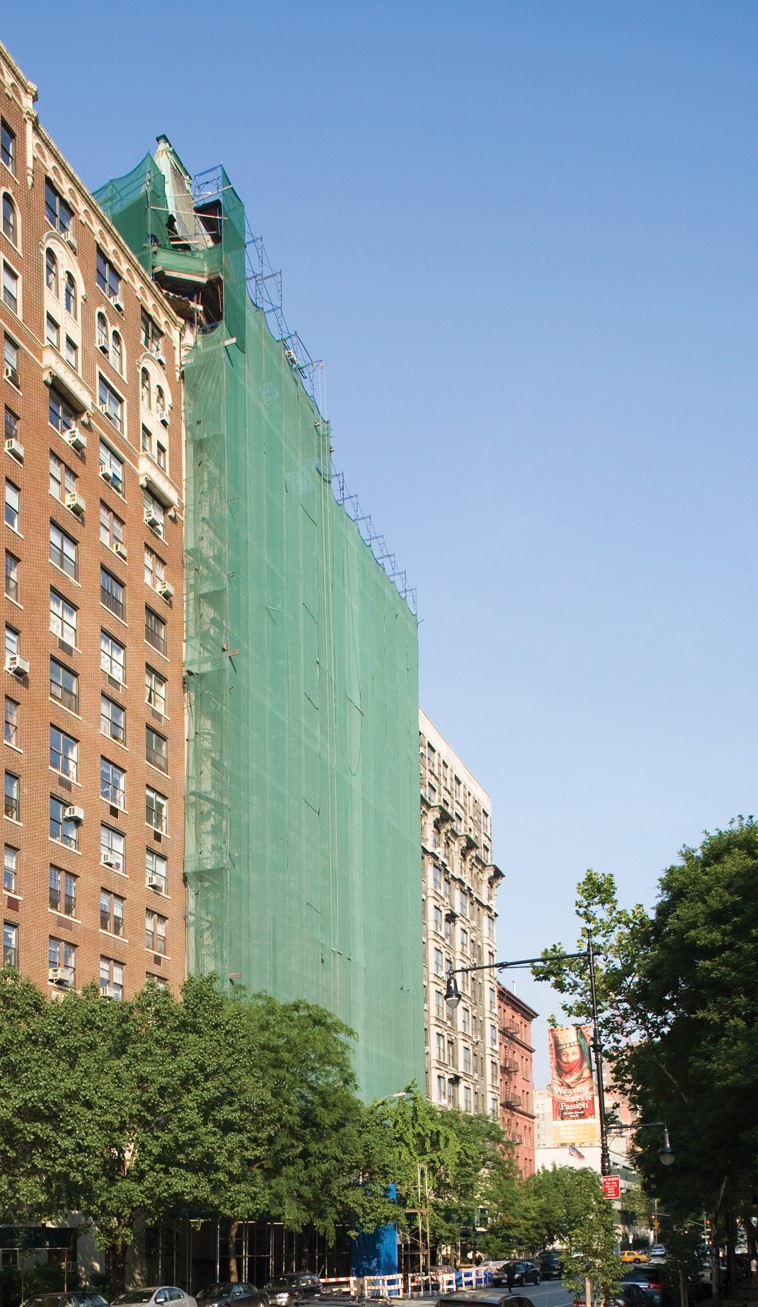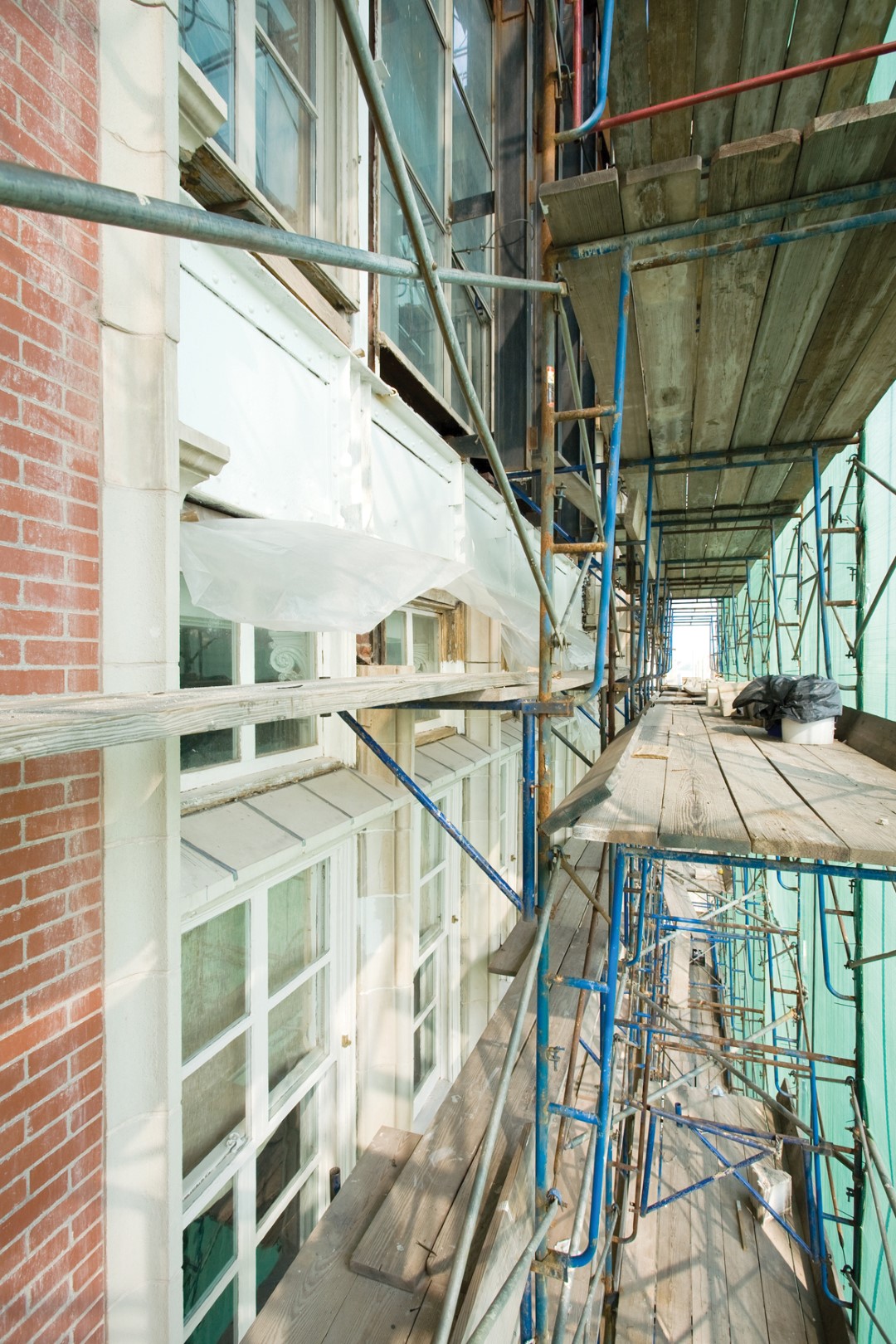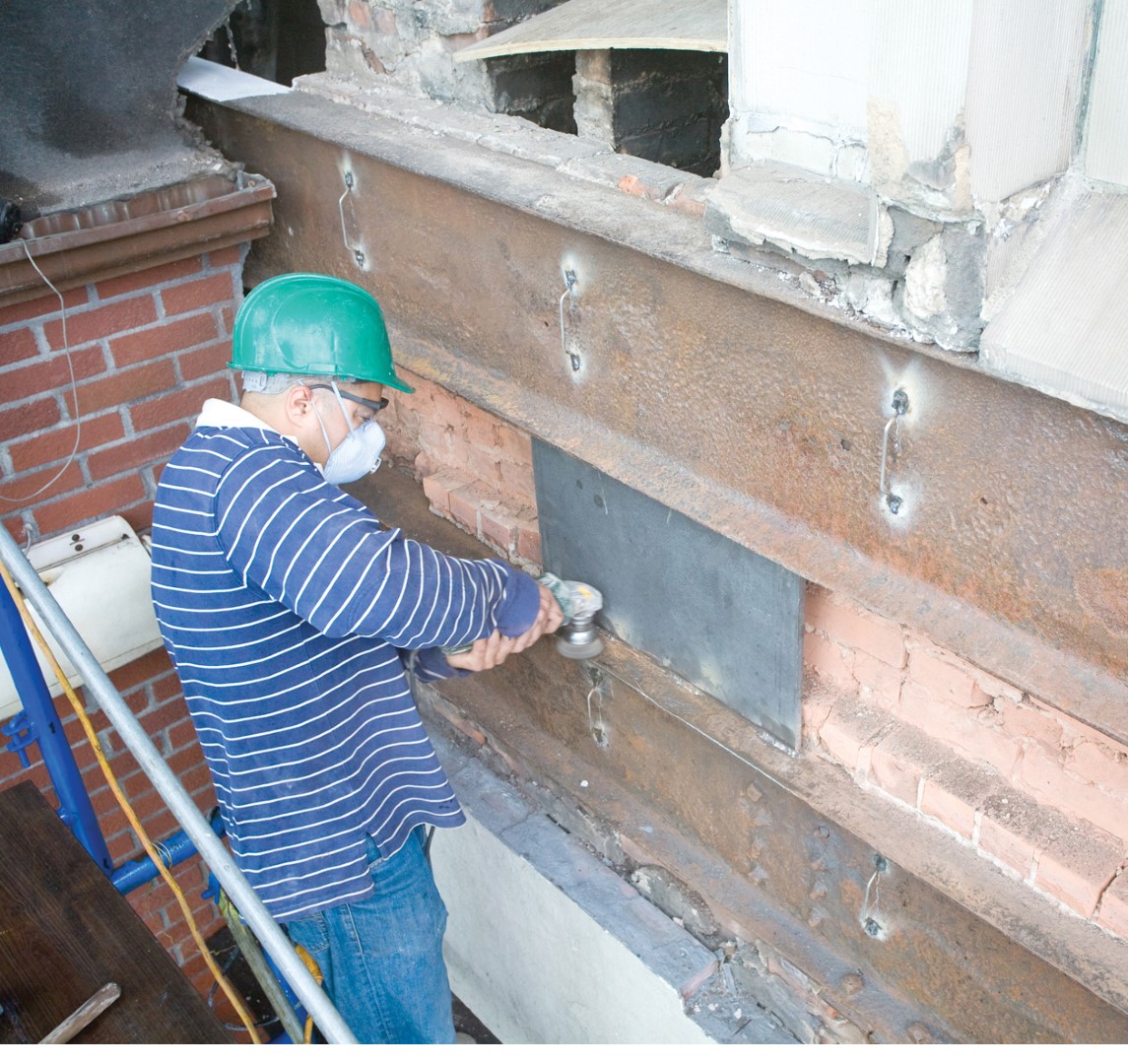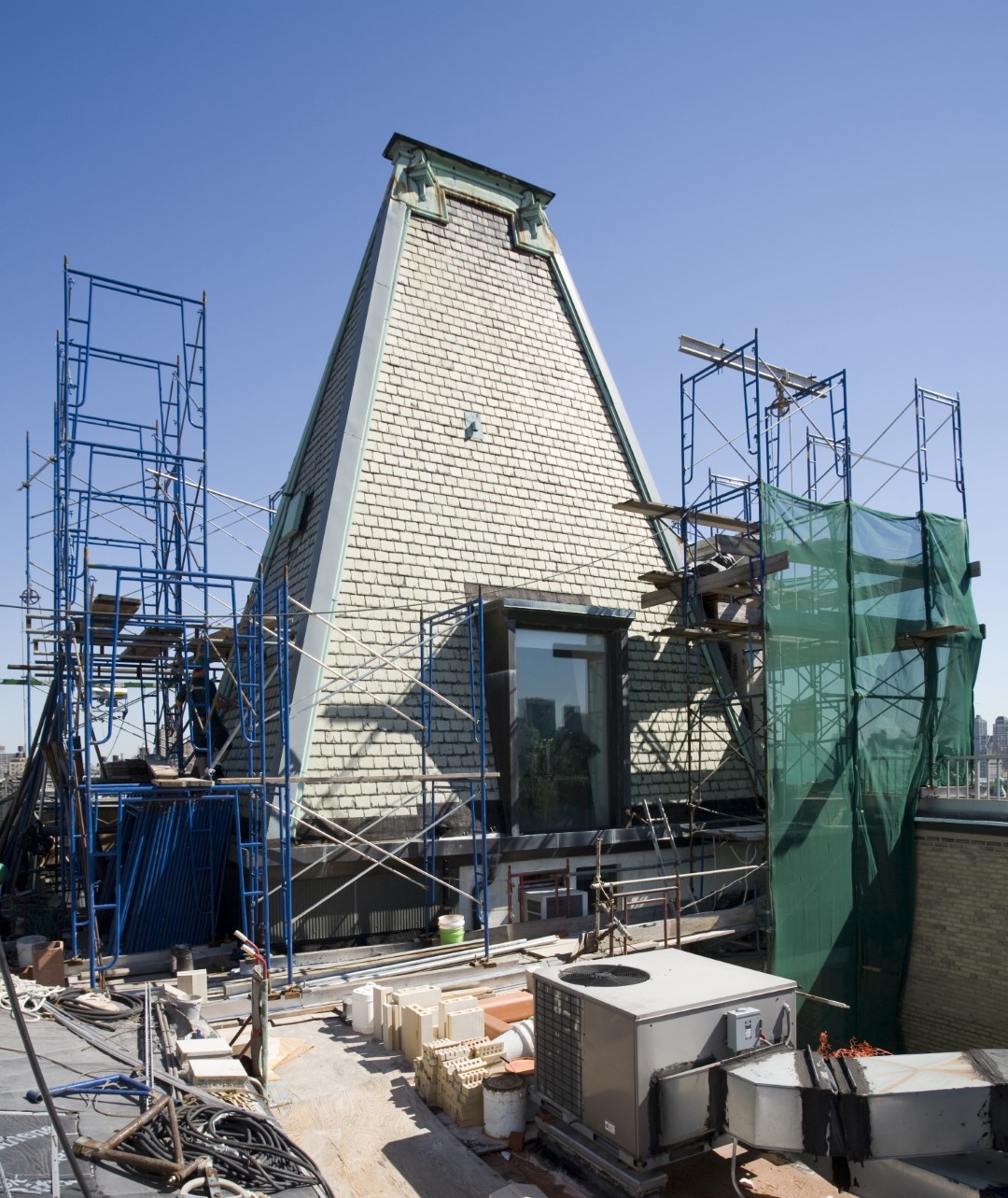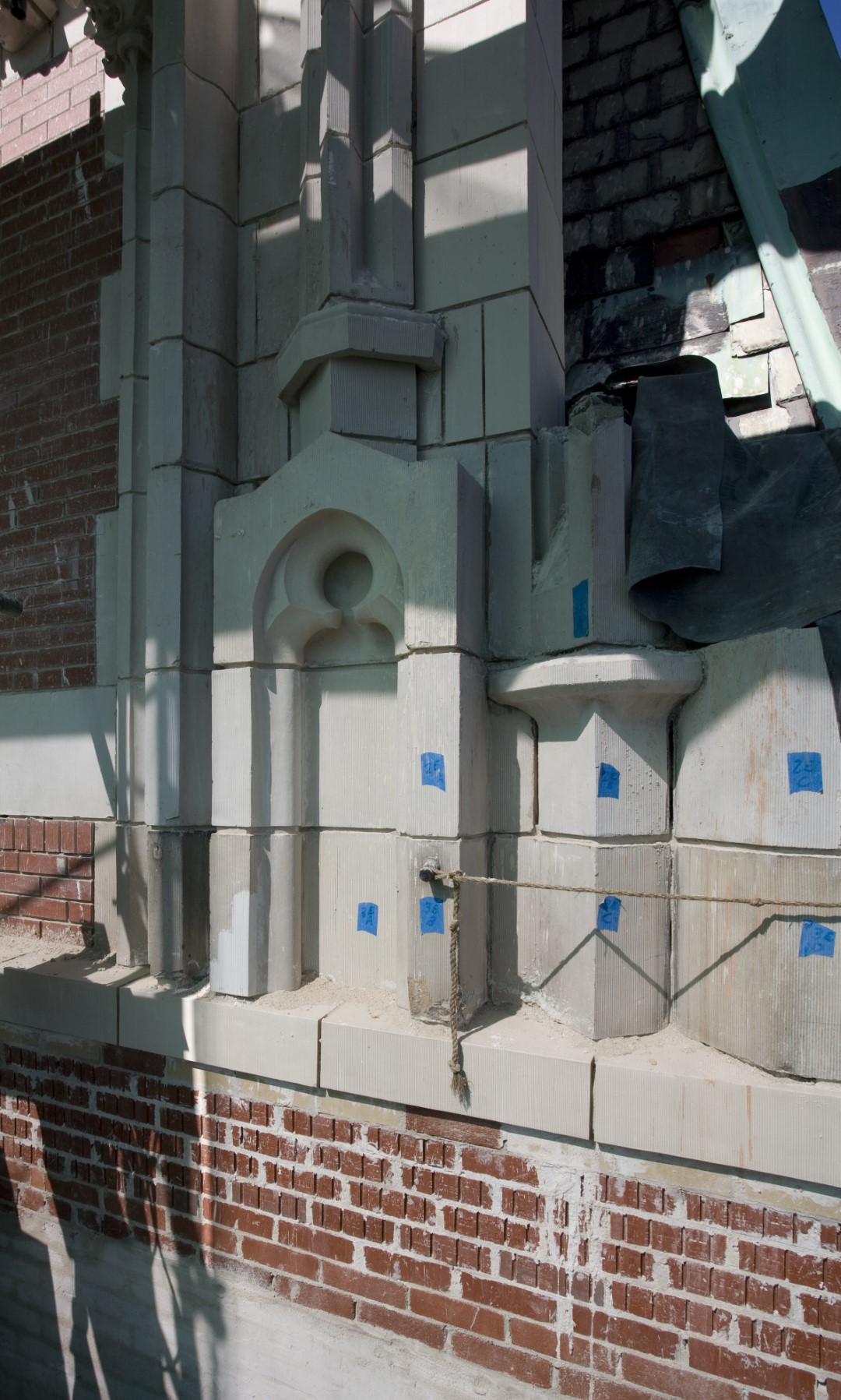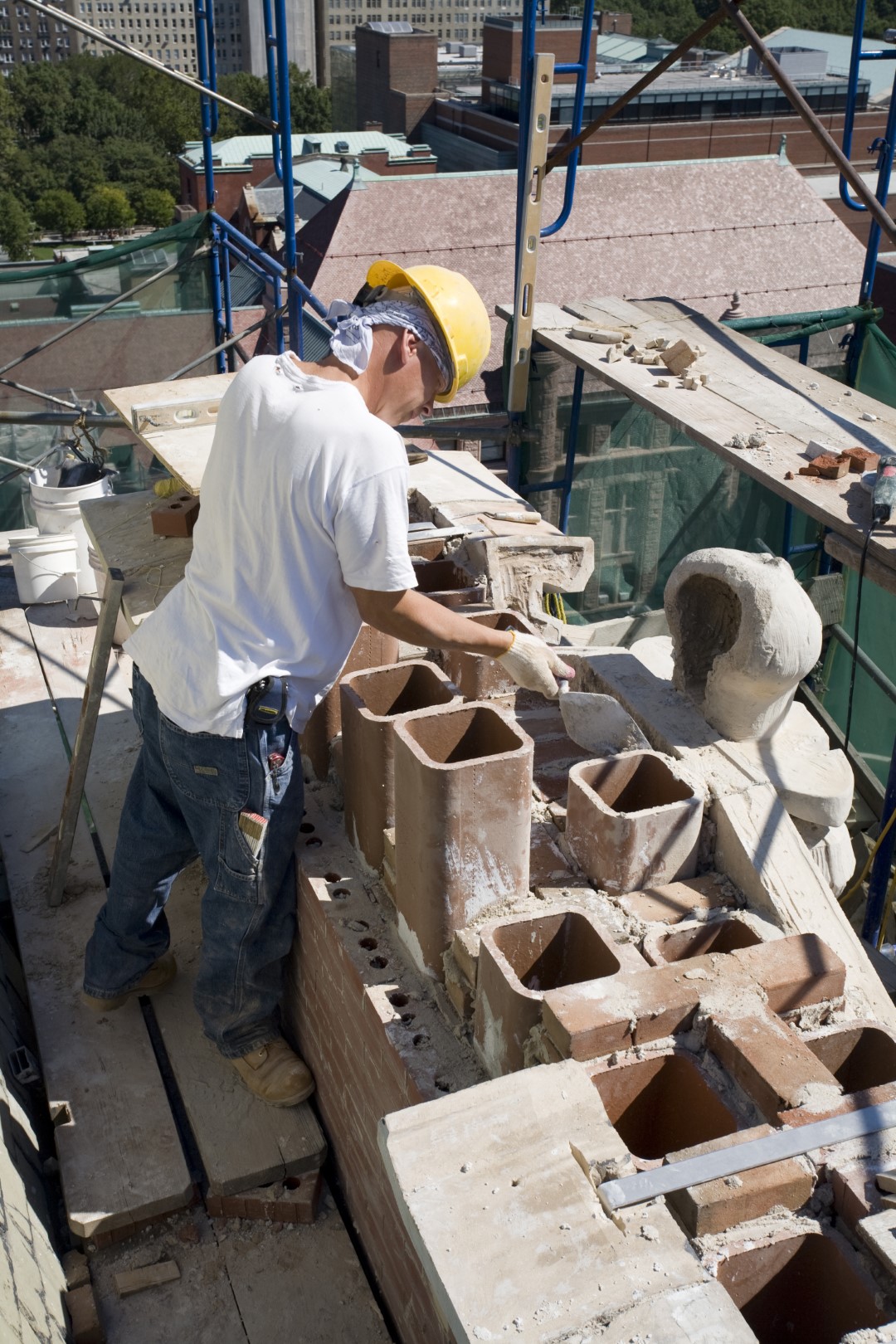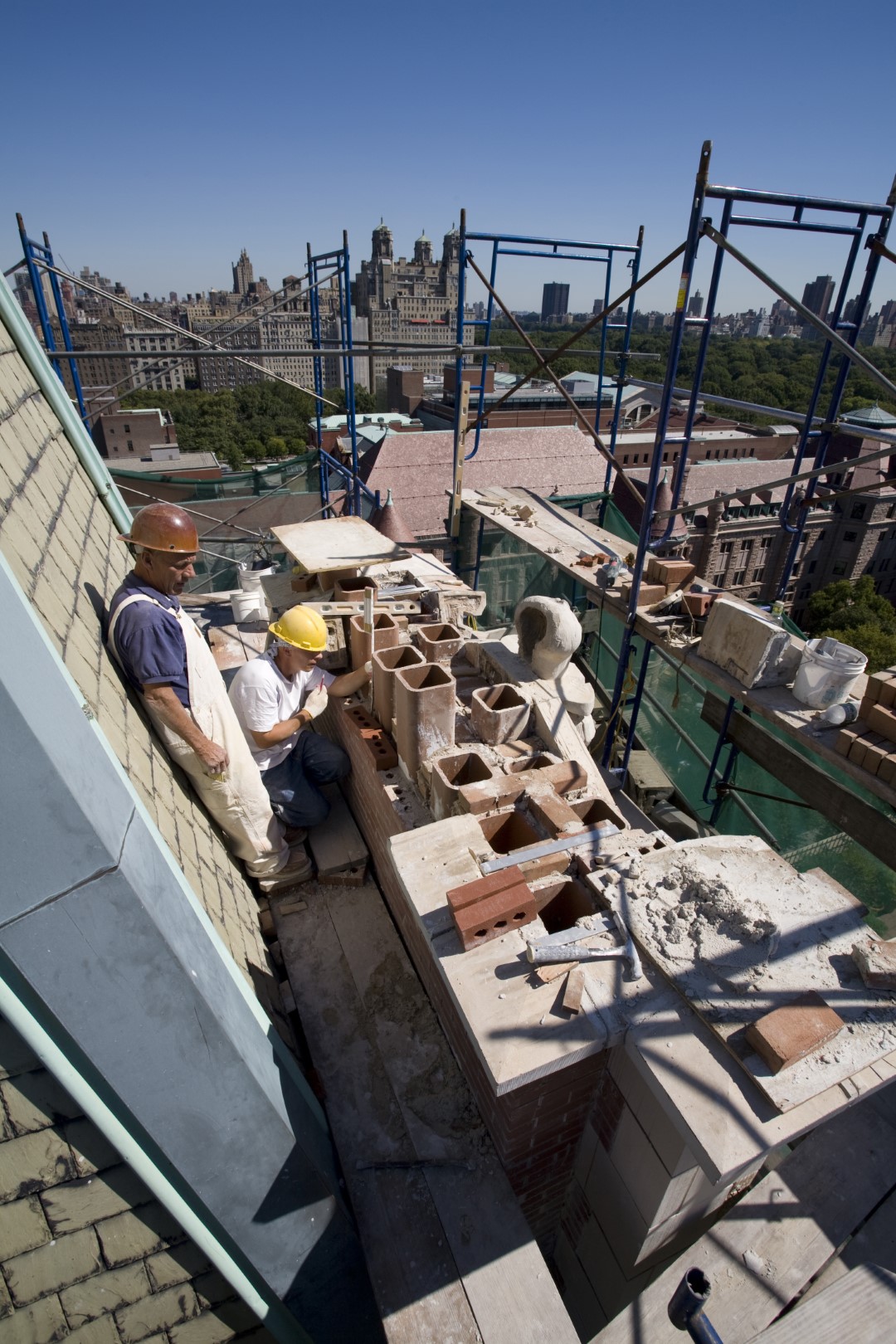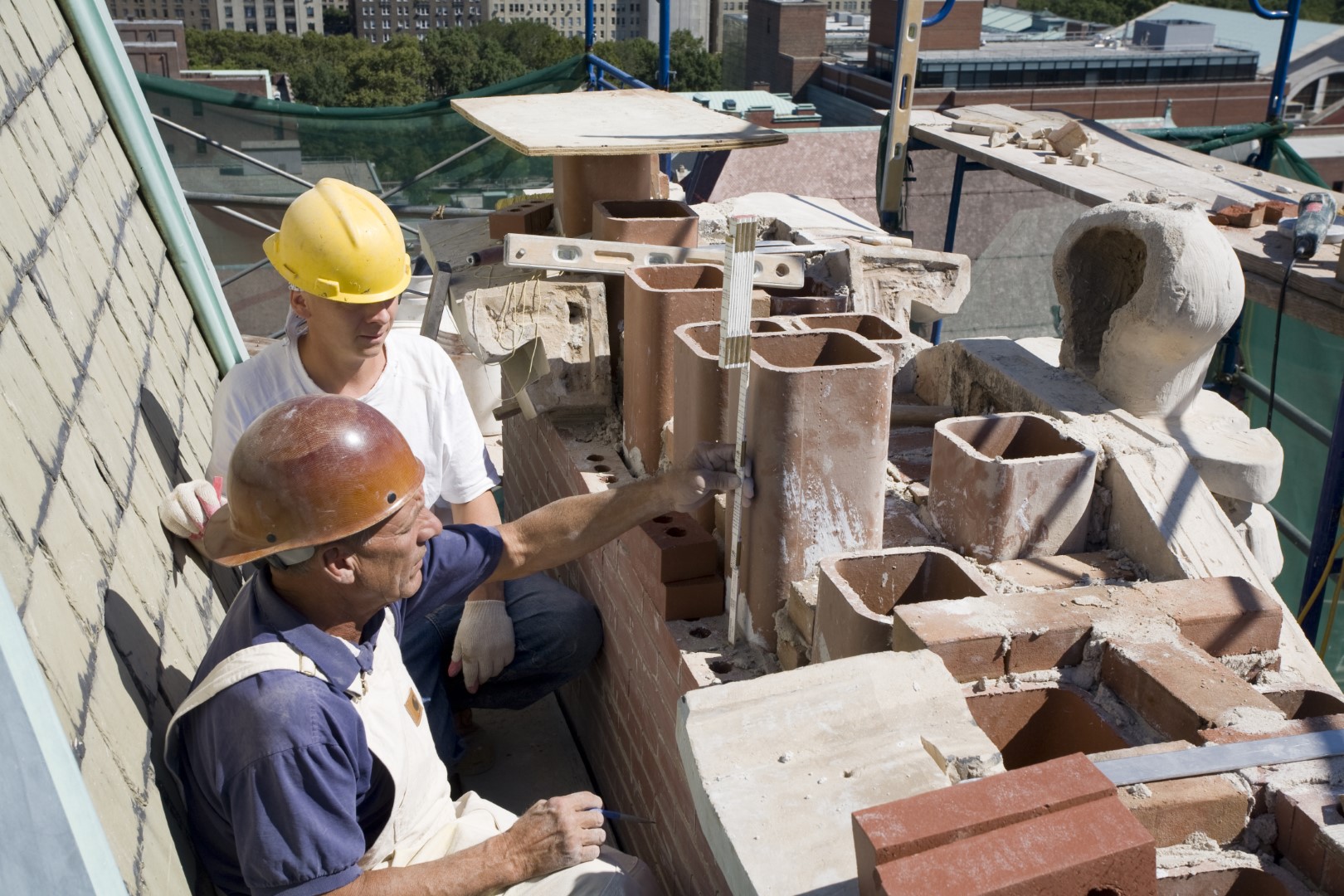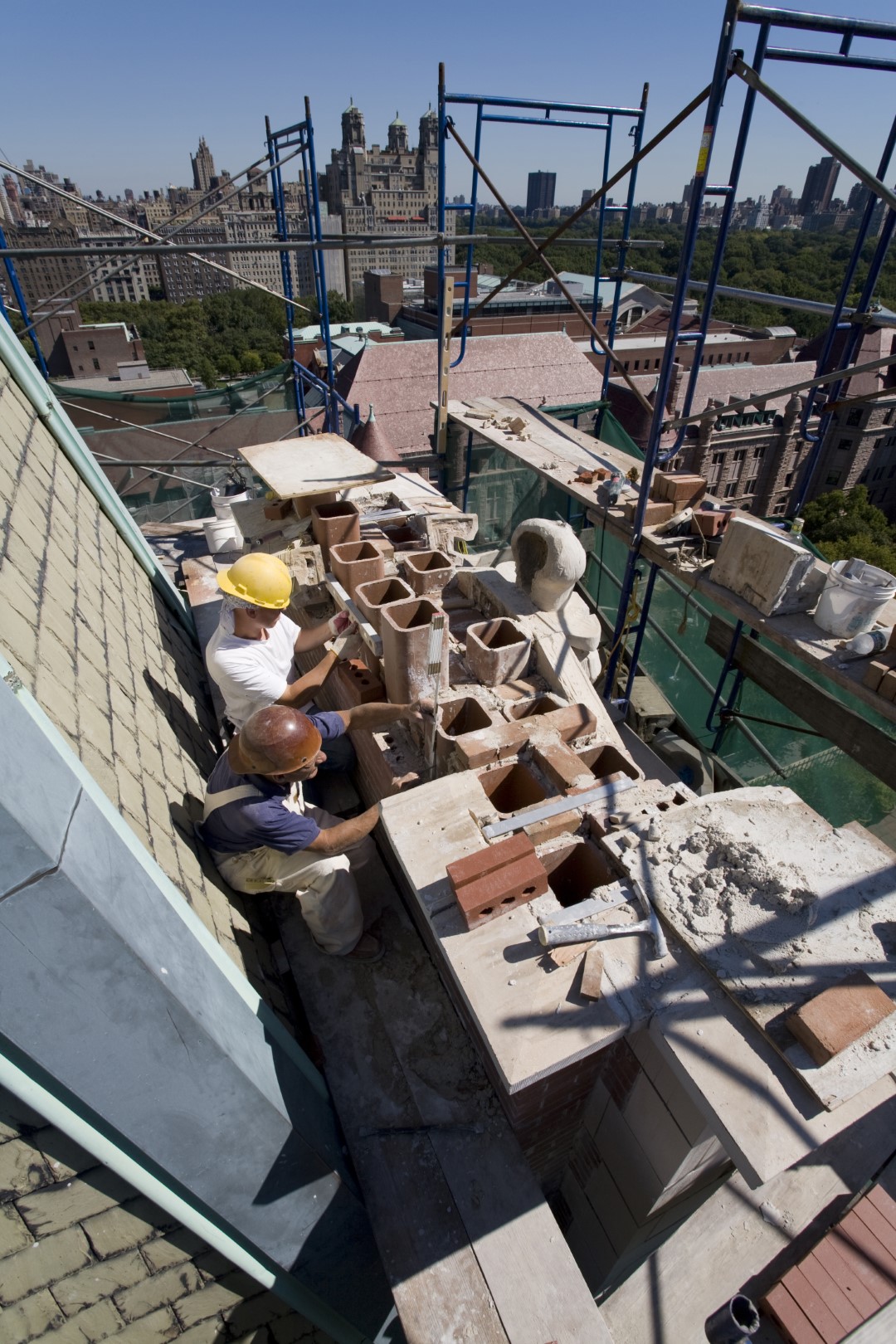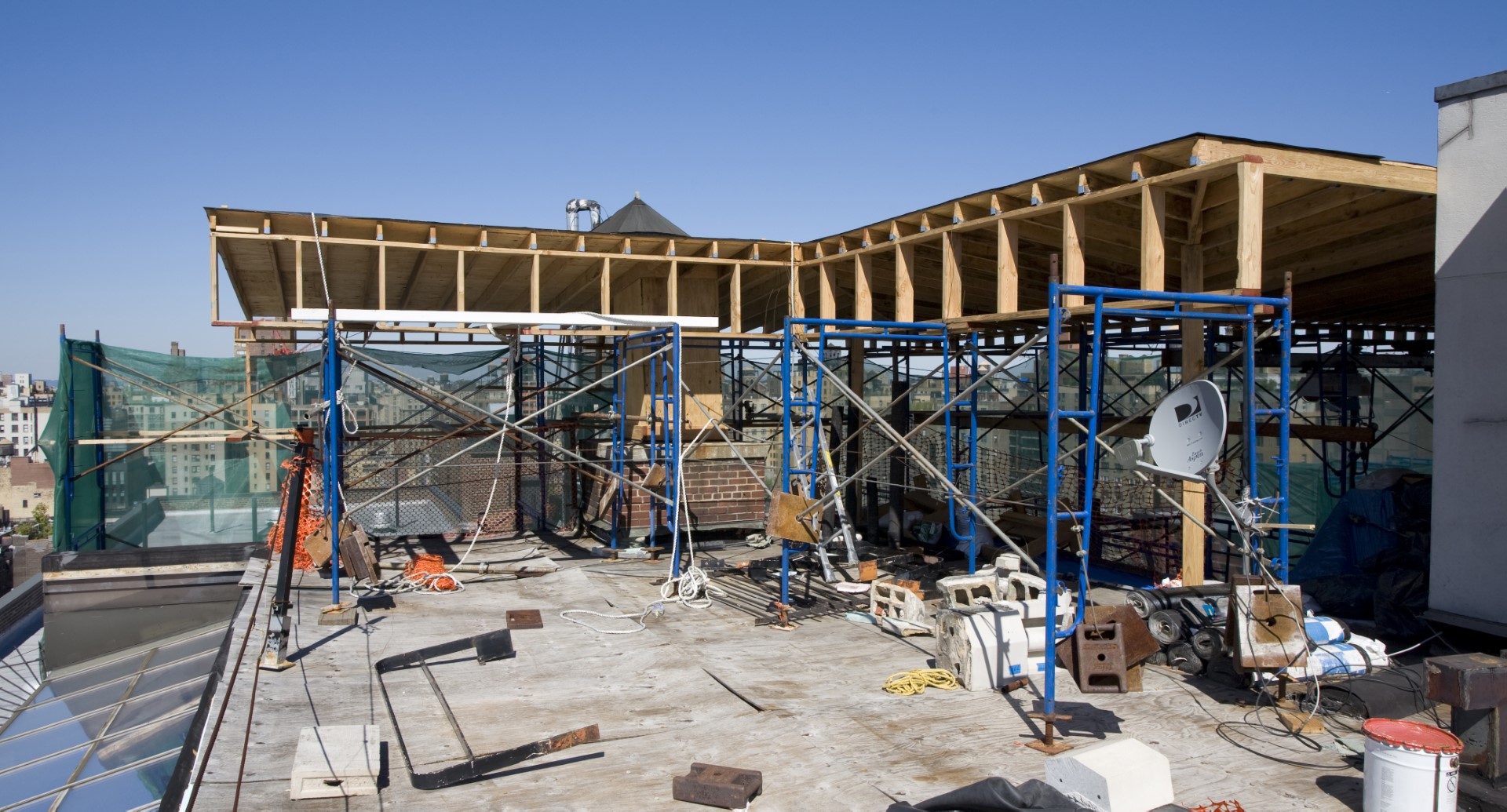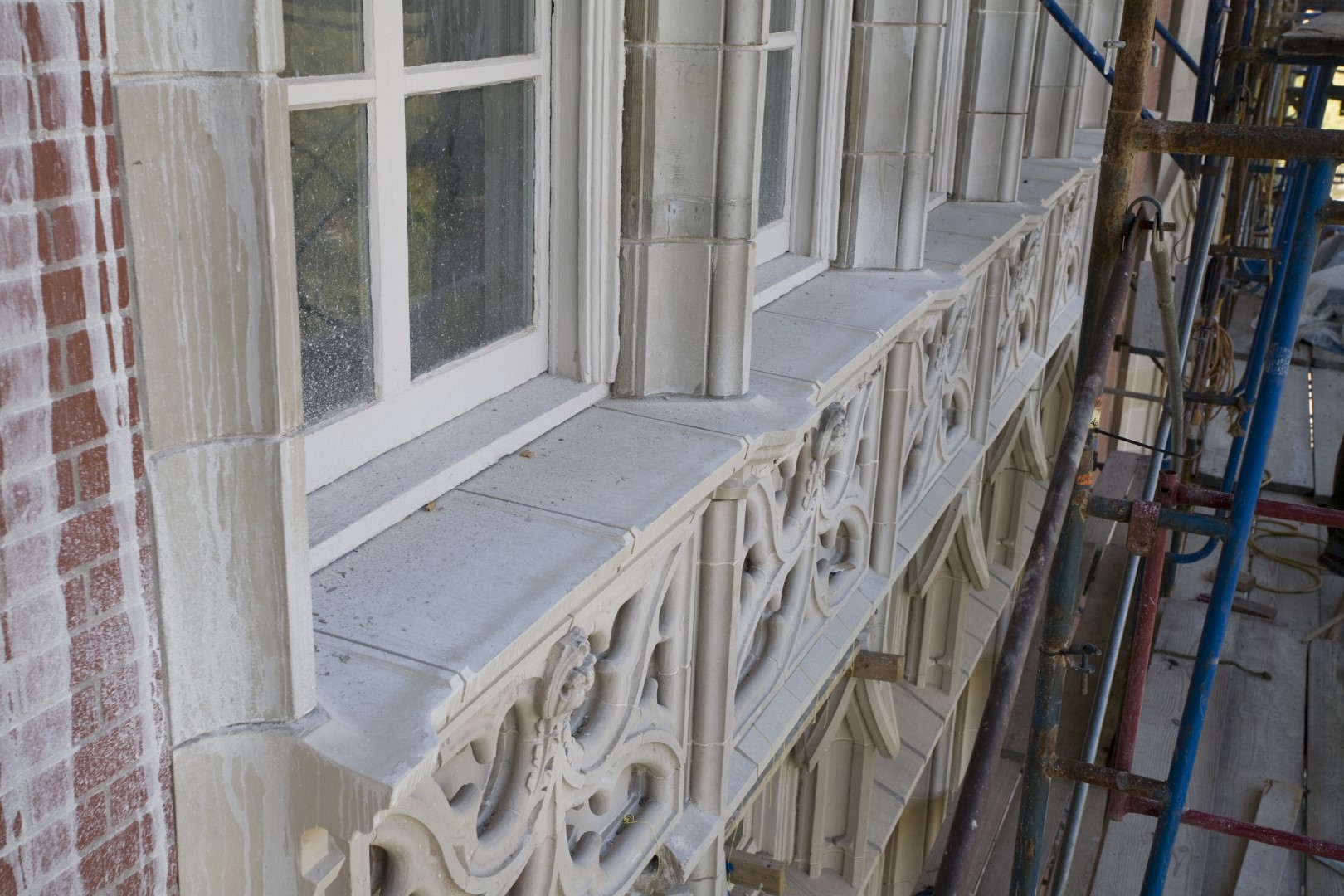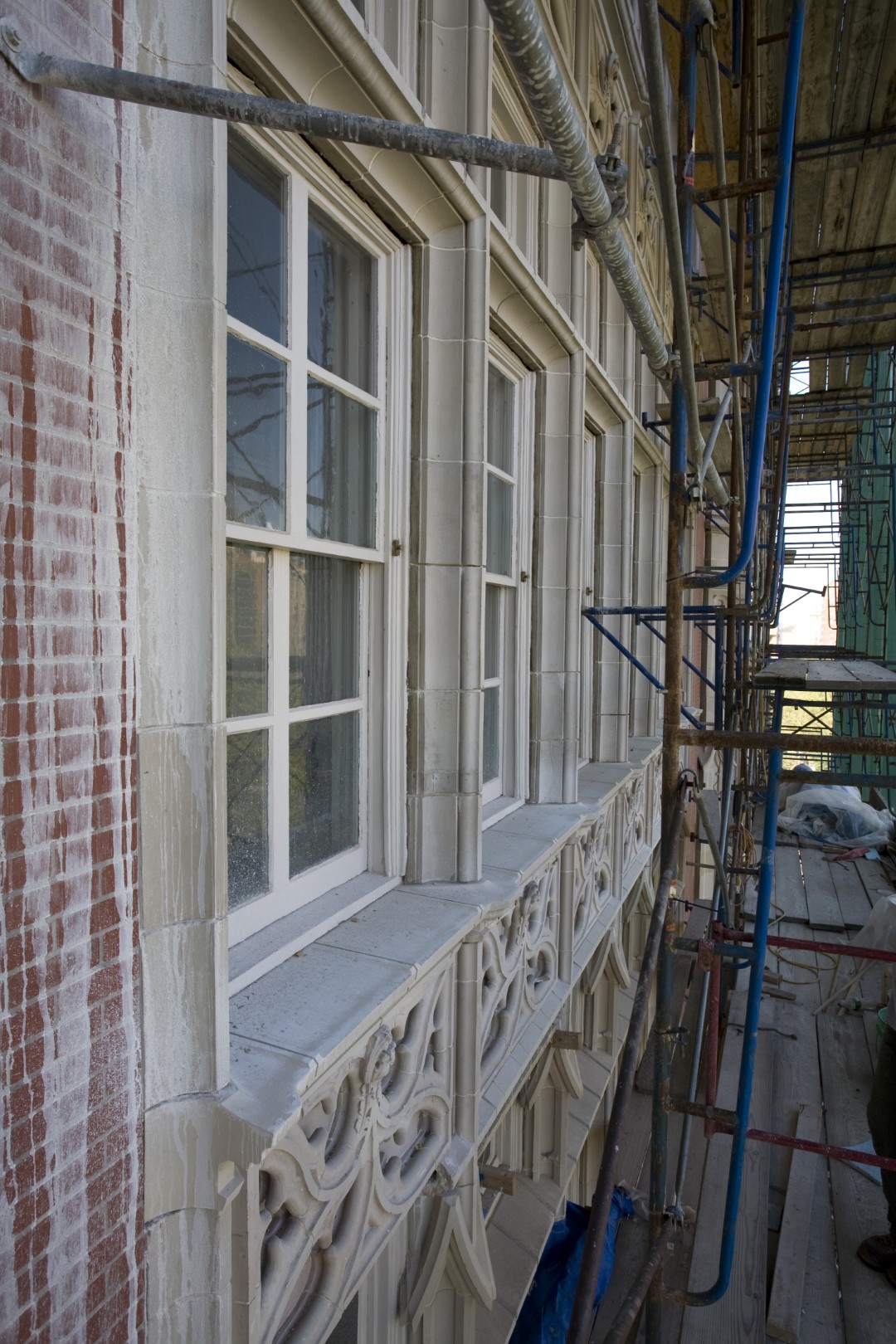
44 West 77th Street, located in Manhattan, is a beloved New York City landmark. The 15-story co-op building features a wedding cake terra cotta façade – an extremely ornate style that was popular at the turn of the 20th century. Begun in 1908 and completed in 1911, this prestigious building is home to a number of prominent New Yorkers.
Like many buildings with similar façades, continual exposure to the elements had cracked and damaged the terra cotta, which allowed water to infiltrate the structure. The building’s parapets had also deteriorated to the point where replacement was necessary. In addition, Dutchman, roof surfaces and chimneys all required significant restoration, and the building’s windows needed to be restored and reglazed.
The project involved:
- Removal and rebuilding of parapet walls
- Shoring up sections of the façade where window openings had been altered and structural support was compromised
- Removal and repair of damaged terra cotta pieces
- Procurement of replacement terra cotta components that matched the existing material
- Installation of new and repaired terra cotta elements
- Installation of Dutchman
- Restoration and reglazing of all windows
- Total roof replacement with a Kemper roof system
- Replacement of decorative roof slates and copper trim
- Replacement of the roof and exterior surfaces on the building’s penthouse
- Chimney reconstruction that preserved terra cotta elements and upgraded flues to current code requirements
Project Details
Project Included
- Water Cleaning
- Vertical & Overhead Patching
- Unit Stone Replacement
- Total Slab Reconstruction
- Terra Cotta
- Structural Steel Repair/Replacement
- Stonework
- Stone Patching
- Stone Facade Pinning
- Sealants
- Repointing Masonry
- Replacement
- Repair
- Pressure Washing
- Partial Depth Concrete Repair
- Parapet & Coping Reconstruction
- Masonry Surface Rehabilitation
- Masonry Cleaning
- Lintel Replacement
- Individual Brick Replacement
- Full Depth Concrete Repair
- Flashings
- Dutchman Repair
- Concrete Restoration
- Chemical Cleaning
- Brickwork
- Brick Facade Rebuild
Glossary Terms
